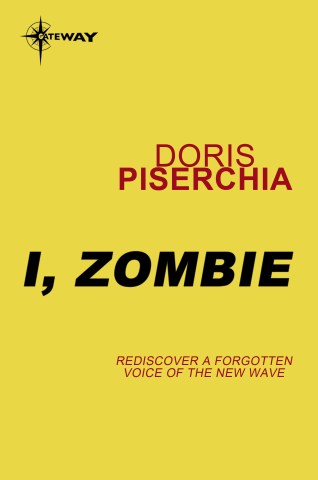7 tips for shooting video
Whenever you’re filming video, in whatever capacity, it always helps to keep these seven tips at the forefront of your mind.
1. Panning & Tilting
Controlling your shots is crucial in perfecting visually pleasing videos. Panning and tilting should not only be silky smooth with no bumps or jitter, but they also need to be done slowly enough in order to capture the environment. If you pan or tilt too fast with a DSLR, any lines in your shot can appear to skip.
2. Jello Effect
The rolling shutter can make some straight objects appear to turn wavy. This is known as the jello effect. In video mode, the sensor scans pieces of the image across vertically—not all at the same time. If the camera is panned too quickly, vertical lines in the image begin to tilt, since the scanning of the image is happening at the same time of the pan. In order to avoid this sort of distortion, panning slowly is your best solution. Additionally, many vertical lines will create a greater number of challenges with a rolling shutter. Avoiding a lot of camera movement when shooting vertical lines or avoiding the access of vertical lines altogether can alleviate this effect.
 When panning across these blinds the jello effect is obvious in the distortion of the vertical lines.
When panning across these blinds the jello effect is obvious in the distortion of the vertical lines.
3. 10 Seconds, Slow Pan/Tilt, 10 Seconds
A good practice to follow to avoid this unwanted effect is the ten-second rule. Start recording your video and hold the beginning position for ten seconds. Pan or tilt very slowly and at the end point hold the position for another ten seconds before you end the recording.
4. Changing Up Perspective
A shift in perspective can completely metamorphize your shot. Changing the camera’s perspective is a powerful tool that you always have available. This could potentially give the viewer a novel look at something as ordinary as a garbage can. Don’t be afraid to step outside of the box when shooting video: taking on new perspectives is an art, embrace it and make this a common practice. You’ll begin to see your shot compositions with entirely new eyes.
5. Aliasing
Aliasing is a common problem with DSLR cameras. Since they were designed mainly to shoot photography, in order to produce video, the camera must shrink resolution from 5616×3744 to 1920×1080. In this process, the camera skips lines and leaves out some information. The high spatial frequency can result in terrible moire interference patterns that create what looks like moving lines most commonly across certain patterns like bricks, striped shirts, and tiles.
6. VAF-5D2
You can purchase a filter like the VAF-5D2 for Canon’s 5D Mark II that is installed into the camera and can be easily removed. The VAF-5D2 anti-aliasing filter is designed specifically for the pixel pitch of the Canon 5D Mark II imager. Made with multiple layers of birefringent material, including lithium niobate and crystalline quartz, it truly is a unique optical solution. Installation requires no modifications to your Canon camera.
7. Shoot More
Having more footage to choose from is better than having too little. Take your time with shooting the footage you need. Be thorough and avoid rushing through your shoots. This takes planning and patience, but the final product will benefit from this style of shooting. Check all of your video footage and audio before you wrap. This ties into being complete with your shooting process. Lastly, shooting more gives you experience, and experience boosts your confidence. The more you shoot, the better you will become. Practise and perfect your skills, your craft will develop and your work will become refined. Shooting videos is meant to be fun, so if you enjoy it, it will translate in your art.
 B-roll saves the day!
B-roll saves the day!
The Moviemaking With Your Camera Field Guide is Olivia Speranza’s guide that shows you how you can build on what you already know to create truly spectacular movies with your camera in whatever genre you choose. It introduces everything from the language of film and basic equipment you will need, to the art of post-production and publishing your new work.
 The Moviemaking With Your Camera Field Guide
The Moviemaking With Your Camera Field Guide
Olivia Speranza
Buy it now!
RRP for print edition: £8.99




